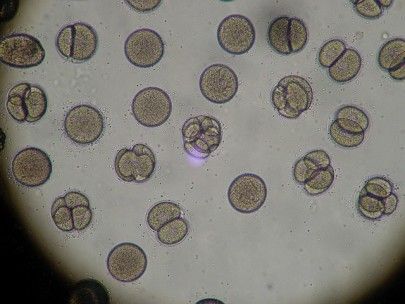
Short for Clustered Regularly Interspaced Short Palindromic Repeats, CRISPR is a revolutionary gene editing technique that’s taken the scientific world by storm. Both ultra-precise and easy to access, CRISPR could be the next step towards wiping out genetically inherited diseases and even curing cancers. A host of exciting CRISPR concepts are currently undergoing clinical trials and proof-of-concept experiments, with one particularly controversial focus — human embryos.
A “cut and paste” concept
While there have been rumours coming out of China for years, US scientists have now confirmed that the first attempts to create genetically modified human embryos have been a success. Led by researchers at the Oregon Health and Science University in Portland, the study used CRISPR to change the DNA of multiple one-cell human embryos. Basically, this allowed them to “snip” out segments of a particular genome and switch them with customised replacements. As in previous cases, the embryos were terminated several days after creation to prevent them from developing into foetuses.
Continue reading “Is Human Genetic Modification Possible?” »

















